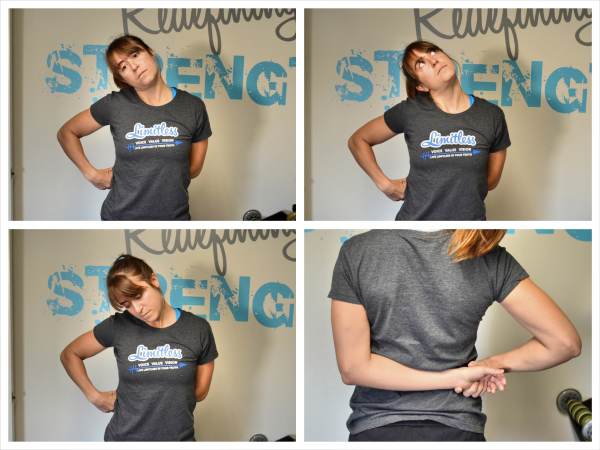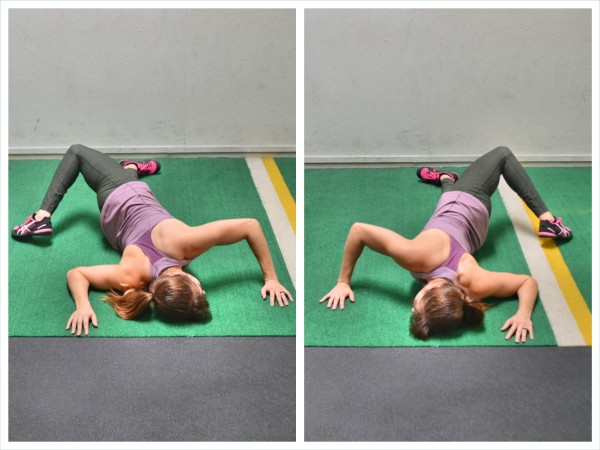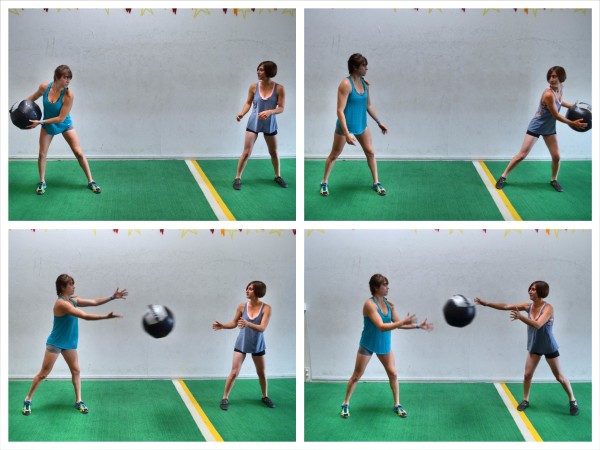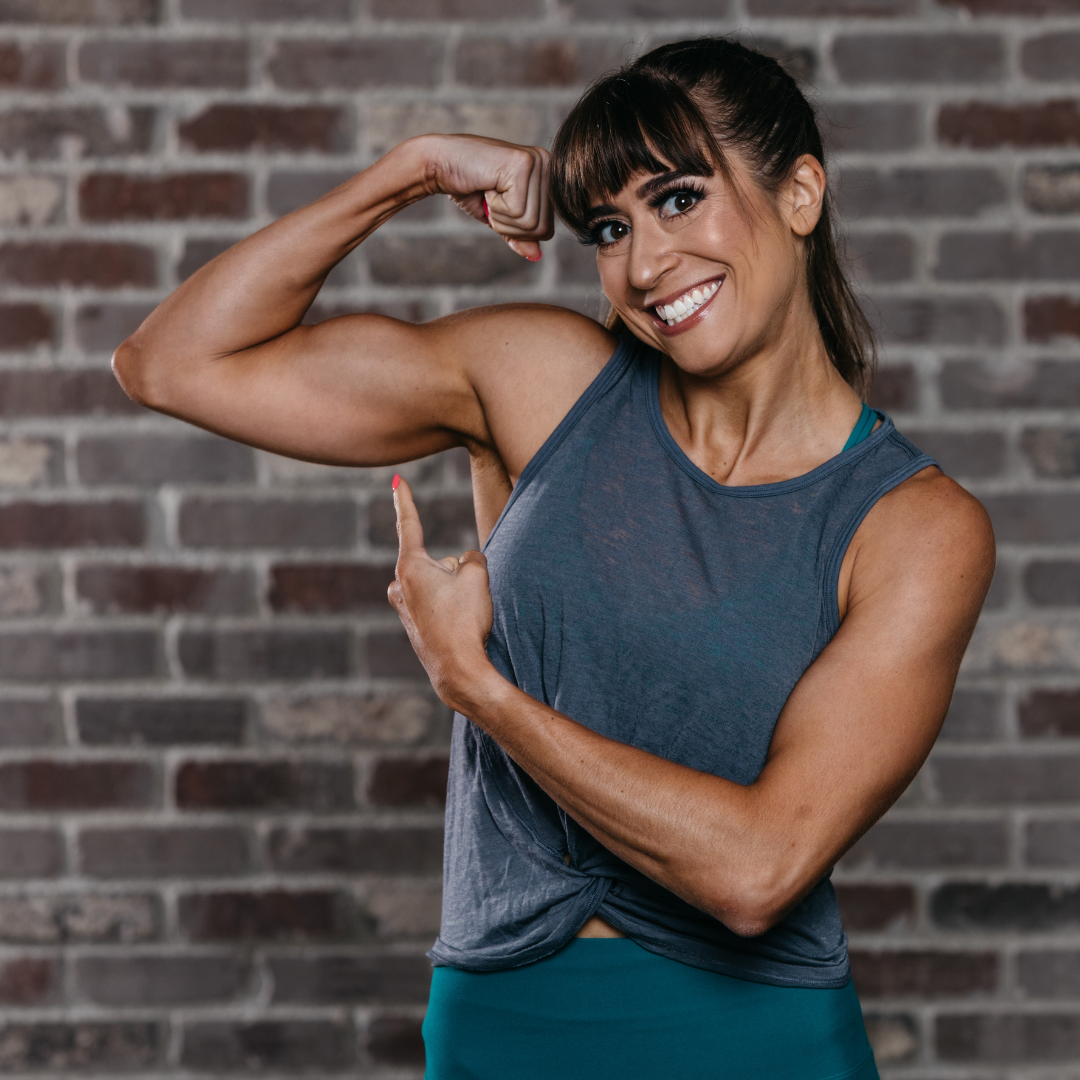


Great “Warm Up” For Cyclists
This content is for members only
Warm Up For Your Run – Stretch And Loosen Up
This content is for members only
The No Equipment Needed Coordination Workout
This content is for members only
